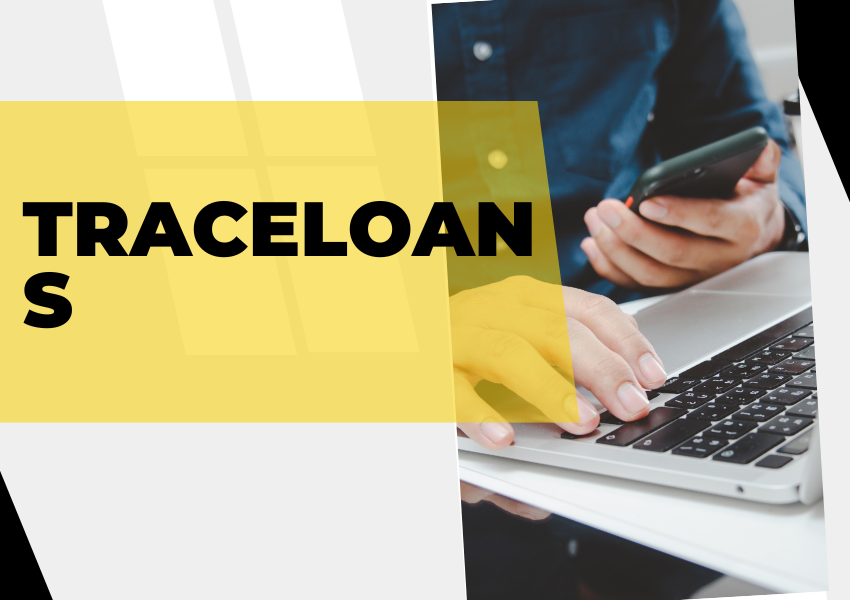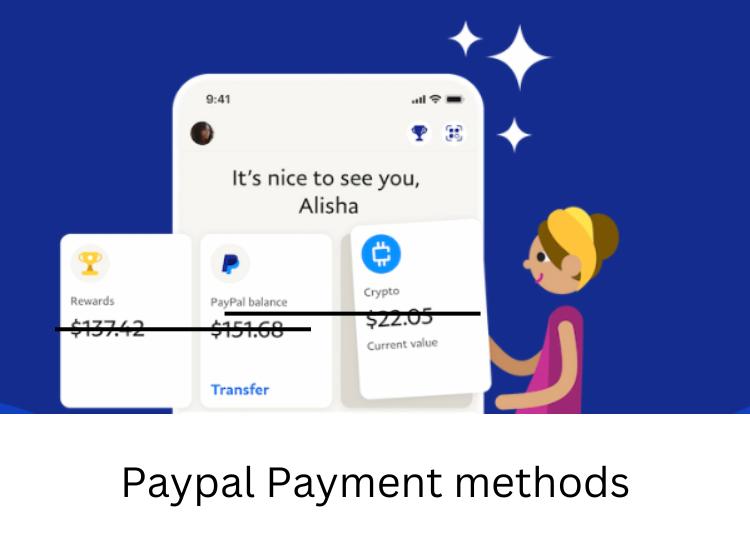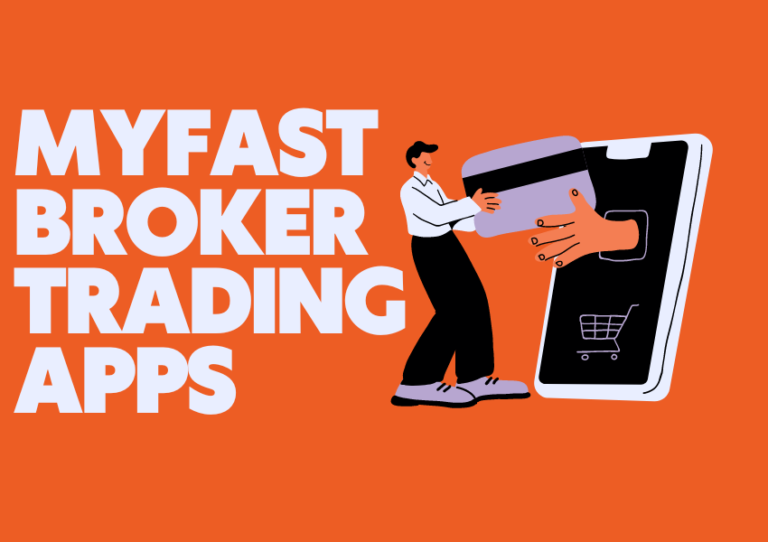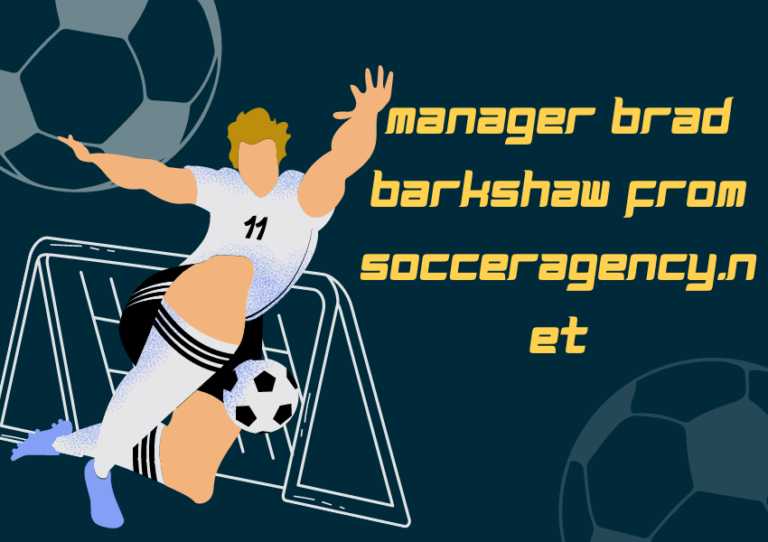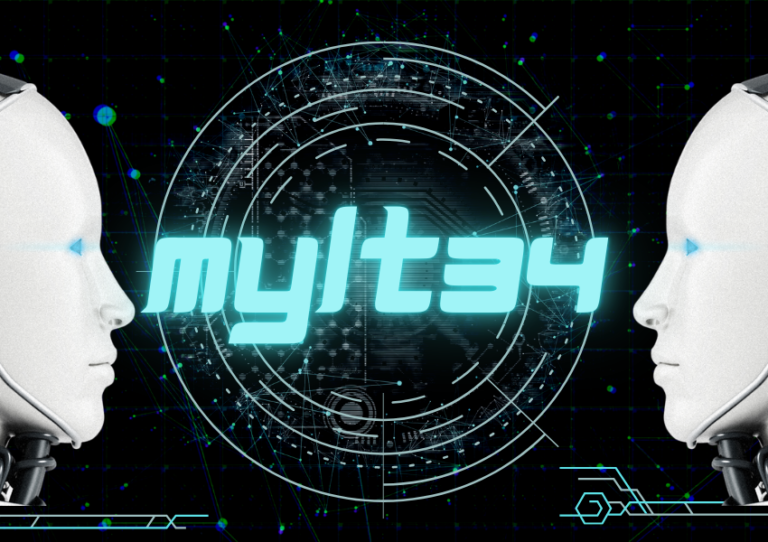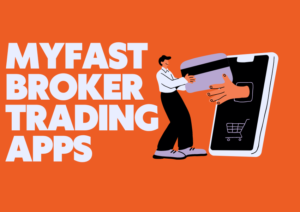Understanding the Concept of Traceloans
-
-
-
-
-
-
-
-
- Definition and Overview of
- Key Features of Traceloans
-
-
-
-
-
-
-
-
The History and Evolution of Traceloans
- Origins of Traceloans
- How Traceloans Have Changed Over Time
-
Types of Traceloans
- Secured vs. Unsecured Traceloans
- Short-Term vs. Long-Term Traceloans
-
How Traceloans Work
- Application Process for Traceloans
- Repayment Terms and Conditions
-
Benefits of Using Traceloans
- Flexibility in Loan Amount and Terms
- Quick Access to Funds
-
Potential Risks Associated with Traceloans
- Higher Interest Rates
- Risk of Default
-
Who Can Benefit from Traceloans?
- Small Business Owners
- Individuals with Poor Credit History
-
How to Choose the Right Traceloan Provider
- Key Factors to Consider
- Comparing Different Providers
-
Traceloans vs. Traditional Loans: What’s the Difference?
- Loan Terms Comparison
- Ease of Application and Approval
-
Common Myths About Traceloans
- Myth 1: Only for Desperate Borrowers
- Myth 2: Traceloans Are Too Risky
-
How to Improve Your Chances of Getting Approved for a Traceloan
- Enhancing Your Credit Score
- Providing Necessary Documentation
-
The Future of Traceloans
- Trends in the Lending Industry
- Impact of Technology on Traceloans
-
Alternatives to Traceloans
- Peer-to-Peer Lending
- Credit Union Loans
-
Conclusion: Are Traceloans Right for You?
-
FAQs About Traceloans
- What is the interest rate for Traceloans?
- How long does it take to get approved for a Traceloan?
- Can I get a Traceloan with bad credit?
- What happens if I default on a Traceloan?
- Are Traceloans safe?
Introduction to Traceloans?
Traceloans are a type of financial product designed to provide quick and flexible loan options to individuals or businesses in need of short-term financing. loans are typically characterized by their ease of application, fast approval processes, and flexibility in repayment terms. Traceloans are gaining popularity as an alternative to traditional bank loans, particularly for those who might not qualify for conventional lending due to poor credit scores or other financial challenges.
Understanding the Concept of Traceloans
Definition and Overview
Traceloans refer to short-term loans that are accessible to a broad range of borrowers, including those with less-than-perfect credit. They are typically used to cover emergency expenses, consolidate debts, or provide a temporary cash flow boost for small businesses.
Key Features of Traceloans
- Fast Approval: Unlike traditional loans, which may take weeks for approval, traceloans often get approved within hours or days.
- Flexible Terms: Borrowers can often choose loan amounts and repayment periods that fit their financial situation.
- Accessibility: Even individuals with poor credit can apply for traceloans, making them a lifeline for those struggling to secure traditional financing.
The History and Evolution of Traceloans
Origins of Traceloans
Traceloans have their roots in the rise of alternative lending platforms that emerged to meet the growing demand for accessible, short-term loans. Over time, these platforms evolved to offer a broader range of financial products aimed at different types of borrowers.
How Traceloans Have Changed Over Time
With advancements in financial technology, traceloans have become more streamlined. Online platforms now offer quick access to these loans, and automation has sped up the application and approval processes significantly. This digital shift has opened doors for many borrowers who would have been turned away by traditional lenders.
Types of Traceloans
Secured vs. Unsecured Traceloans
- Secured Traceloans: These require collateral, such as property or valuable assets, to secure the loan. In case of default, the lender can seize the collateral to recover the funds.
- Unsecured Traceloans: These do not require any form of collateral but typically come with higher interest rates due to the increased risk for the lender.
Short-Term vs. Long-Term Traceloans
- Short-Term Traceloans: These loans are designed to be repaid within a few weeks or months, making them ideal for immediate financial needs.
- Long-Term Traceloans: These loans offer longer repayment periods, often up to a few years, providing more time for borrowers to settle their debts.
How Traceloans Work
Application Process for Traceloans
The application process for traceloans is straightforward and can often be completed online. Borrowers fill out a basic form, provide personal and financial information, and receive an instant decision. Documentation requirements are minimal compared to traditional loans.
Repayment Terms and Conditions
Repayment terms vary depending on the provider and the type of loan. Generally, traceloans offer flexible repayment schedules, allowing borrowers to choose a term that suits their financial situation. However, it’s important to understand the terms fully, as missing payments can result in higher fees and penalties.
Benefits of Using Traceloans
Flexibility in Loan Amount and Terms
One of the main advantages of traceloans is the flexibility they offer. Borrowers can choose the loan amount and repayment schedule that best fits their needs, whether they need a small loan for a few weeks or a larger sum over several months.
Quick Access to Funds
For those in urgent need of funds, traceloans provide fast access to money, often within 24 to 48 hours. This makes them an attractive option for covering unexpected expenses or cash flow gaps.
Potential Risks Associated with Traceloans
Higher Interest Rates
Since traceloans are often unsecured and available to individuals with poor credit, they tend to carry higher interest rates. Borrowers need to be aware of the total cost of borrowing and ensure they can manage the repayments.
Risk of Default
Borrowers who fail to meet the repayment terms may face serious consequences, including additional fees, damage to their credit score, and even legal action in severe cases.
Who Can Benefit from Traceloans?
Small Business Owners
Traceloans can provide much-needed capital for small businesses looking to cover operational costs, purchase inventory, or bridge cash flow gaps during slow periods.
Individuals with Poor Credit History
For individuals with a less-than-ideal credit score, traceloans offer a chance to access funding that might not be available through traditional banks. They can be especially helpful for covering emergency expenses or consolidating debt.
How to Choose the Right Traceloan Provider
Key Factors to Consider
When choosing a traceloan provider, it’s important to consider factors such as interest rates, repayment terms, customer service, and transparency of fees. Doing thorough research can help you avoid predatory lenders.
Comparing Different Providers
Not all traceloan providers are created equal. Comparing offers from different lenders can help you find the best deal, including lower interest rates, better terms, and more flexible repayment options.
Traceloans vs. Traditional Loans: What’s the Difference?
Loan Terms Comparison
Traditional loans typically offer lower interest rates and longer repayment periods compared to traceloans. However, they often require more extensive documentation and can take longer to approve.
Ease of Application and Approval
Traceloans have a simpler application process and faster approval times than traditional loans, making them ideal for those who need immediate access to cash.
Common Myths About Traceloans
Myth 1: Only for Desperate Borrowers
This is a common misconception. While traceloans can be helpful for those in financial difficulty, they are also used by business owners and individuals who need quick access to funds.
Myth 2: Traceloans Are Too Risky
While traceloans come with risks, such as higher interest rates, they can be a safe option if used responsibly. Understanding the terms and borrowing only what you can afford to repay is key.
How to Improve Your Chances of Getting Approved for a Traceloan
Enhancing Your Credit Score
Improving your credit score before applying for a traceloan can increase your chances of approval and help you secure better terms. This can be done by paying off existing debts and avoiding missed payments.
Providing Necessary Documentation
Having all the required documents ready can speed up the approval process. This includes proof of income, identification, and other relevant financial information.
The Future of Traceloans
Trends in the Lending Industry
As financial technology continues to evolve, traceloans are becoming more accessible and customizable. Automation and AI-driven lending platforms are likely to dominate the market, making loan approvals even faster and more efficient.
Impact of Technology on Traceloans
Technology is playing a big role in reshaping the lending industry, with more online platforms offering traceloans. This has led to increased competition, which is beneficial for borrowers as it drives down interest rates and improves terms.
Alternatives to Traceloans
Peer-to-Peer Lending
Peer-to-peer lending platforms connect borrowers directly with individual lenders, offering another alternative to traditional loans. These loans often come with competitive interest rates and flexible terms.
Credit Union Loans
Credit unions often offer loans with better terms than banks or alternative lenders. If you are a member of a credit union, exploring their loan products could provide a low-cost alternative to traceloans.
Conclusion: Are Traceloans Right for You?
Traceloans can be an excellent financial tool for those in need of quick access to funds, especially for individuals with poor credit or small business owners. However, they come with higher risks, such as elevated interest rates and the potential for default. By understanding the terms, comparing providers, and borrowing responsibly, you can make traceloans work for your financial needs.
FAQs About Traceloans
What is the interest rate for Traceloans?
Interest rates for traceloans vary by provider and borrower profile. They are typically higher than traditional loans due to the increased risk for lenders.
How long does it take to get approved for a Traceloan?
Approval for a traceloan is often granted within 24 to 48 hours, making it one of the fastest loan options available.
Can I get a Traceloan with bad credit?
Yes, traceloans are accessible to individuals with poor credit, although they may come with higher interest rates and less favorable terms.
What happens if I default on a Traceloan?
Defaulting on a traceloan can result in penalties, fees, damage to your credit score, and potentially legal action, depending on the terms of your loan.
Are Traceloans safe?
Traceloans are safe if borrowed responsibly and from reputable lenders. It’s essential to understand the terms and conditions before committing to avoid financial pitfalls.
